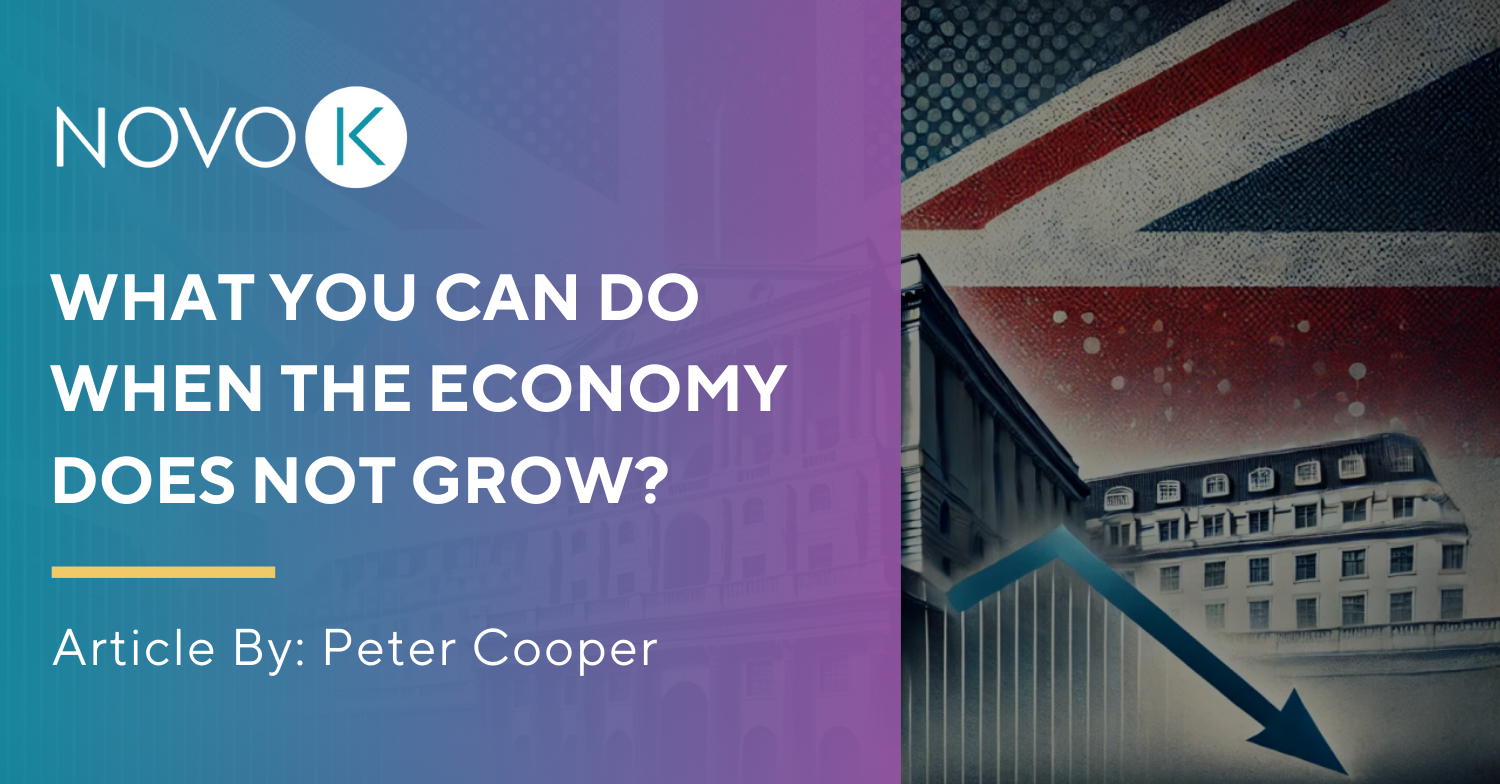We have all been there. Someone mentions AI in procurement and suddenly the room fills with buzzwords, vague promises of “efficiency gains” and someone referencing ChatGPT like it’s the messiah of supply chain optimisation.
But let’s take a step back.
Has AI really arrived in procurement or are we just slapping the AI label onto dashboards and calling it success?
AI: Beyond the Buzzwords?
Let’s be honest, AI in procurement often sounds more like science fiction than strategy.
We hear big promises: “predictive sourcing”, “automated negotiations”, “supplier matchmaking”, but in practice, it’s usually a chatbot that can’t quite spell “framework agreement.”
The truth? Real transformation doesn’t need a 30-slide pitch deck. It just needs to save time, reduce admin and make life a bit less… procurement-y.
Let’s Talk About What AI Actually Does
At BuyingStation we are fans of the right AI and believe the implications for saving time and making better informed decisions are turning into reality, but AI is not a silver bullet. We built a robust procurement platform first and then introduced AI features where they made a real difference.
Right now that difference is in giving people back time when they are writing quotations and tenders.
BuyingStation’s AI helps users speed up the process of compiling a quotation or tender document – you can always switch it off if you’re not ready for it.
No magic tricks. No corporate smoke and mirrors. Just a lot less Ctrl+C / Ctrl+V.
Is it flashy? Not particularly.
Is it useful? Massively.
Less Manual, More Momentum
The value of AI isn’t just in what it does, it’s in what it frees you up to do.
Instead of burning hours manually entering tender details, our users can shift their focus to what really matters: supporting the company’s budtgets – saving money, building & maintaining supplier strategy, managing stakeholder engagement, cost control and finishing work on time!
It’s not transformation with fireworks, it’s transformation with purpose.
So… Are We Part of the Hype?
We admit, we built a platform and included some AI.
But we did it the way most people actually do it: build something that works, then make it better. We didn’t throw AI into every corner, we added it where it truly counts.
And right now, it’s making a measurable difference in how procurement teams manage their quote and tender workload: Get more done with the limited resources you have available, such as writing tenders and quotations.
What’s coming?
Whilst it is not good enough yet to be relied upon, the ability to lighten the load is growing stronger by the day.
Reading Documents: finding relevant, pertinent information that will inform stakeholders, Finance and Procurement of risks, opportunities and valuable insight so that more value is derived from the value chain of the business. However, even the GenAI companies themselves acknowledge there is a shortfall; Screens publicly declared a 97.5% GenAI accuracy (versus human assuming ideal conditions (see article on artificiallawyer.com).
The question to consider: “Is 2.5% inaccuracy when reading contracts a risk worth taking?”
For most finance, procurement and legal teams, the answer is “no”.
Consciously allowing inaccuracy into procurement means you are putting risk back into supply chain and that has a direct impact on budget forecasting as well as compliance and legal risk.
Sprintlaw’s article in April 2025 highlights the value for low risk document handling and explains the importance of keeping qualified lawyers involved for ensuring up to date legal knowledge and bespoke or more complicated documents.
Final Thought: Transformation Doesn’t Have to Be Loud
Sometimes, real progress looks less like a revolution and more like a well-placed shortcut.
AI in procurement is not about replacing people or reinventing the wheel, it’s about shaving hours off your day, reducing mistakes and giving you back the headspace to be strategic.
And if that’s hype, well, we are okay with that.
Want to see it in action?
Join us for a live demonstration of BuyingStation, AI features and all. We will even show you how much time you could save before your next tender closes.


.png)









